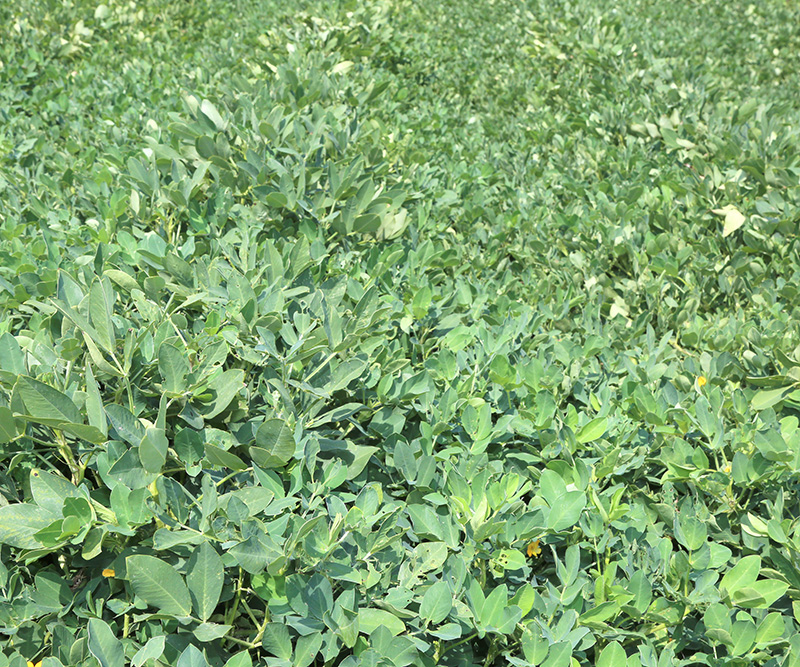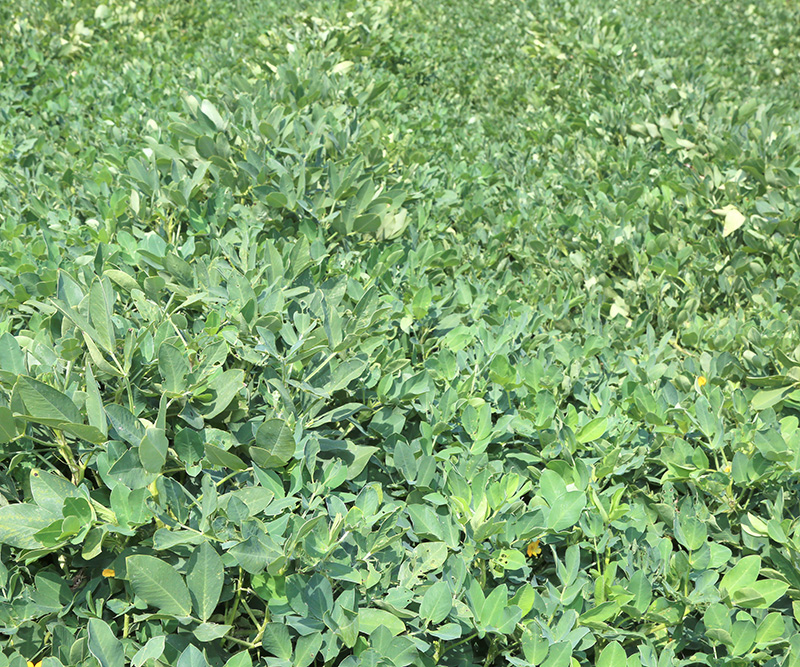Current drought conditions could negatively influence Georgia peanut farmers’ plans for this year’s dryland crop, according to University of Georgia Cooperative Extension peanut agronomist Scott Monfort.
While some fields are just a few weeks away from harvest, Monfort cautions growers about applying additional fungicides or insecticides, especially if there’s little to no rain in the forecast, to aid in the crop’s late-season growth.
“We need to assess what our crop situation is and see what’s out there so we can figure out what the best course of action is as we get closer to harvest,” he said.
It is crucial for peanut growers to physically get into their fields and closely assess their crop.
“If they’re not taking a look and they’re not paying close attention, they’re either going to lose what they’ve got or they’re going to put more money into it than what they need to,” he said.
Monfort estimates that Georgia’s peanut crop hasn’t been this dry this late in the growing season since 2014. Since approximately half of the state’s crop is planted in dryland fields, or fields without irrigation, yields this year are expected to drop.
“We should see a drop in the state average as a whole, but how much is hard to say,” Monfort said. “One positive is that our irrigated crop looks pretty good right now.”
According to Wade Parker, Agriculture and Natural Resources program development coordinator for southeast Georgia, some counties in east Georgia haven’t received substantial rainfall since July 4.
Georgia’s drought conditions are largely concentrated in the middle and southern portions of the state, according to the United States Drought Monitor.
Middle Georgia counties Pulaski, Houston, Twiggs, Wilkinson, Bleckley and Laurens; along with southeastern counties Burke, Jenkins and Screven; and southwestern counties Early, Clay, Quitman and Randolph are experiencing moderate drought conditions.
Counties near Georgia’s southern border, including Atkinson, Berrien, Clinch, Coffee, Colquitt, Cook, Grady, Thomas and Ware, are classified as having abnormally dry conditions.
For more information about Georgia’s peanut crop, visit peanuts.caes.uga.edu.




